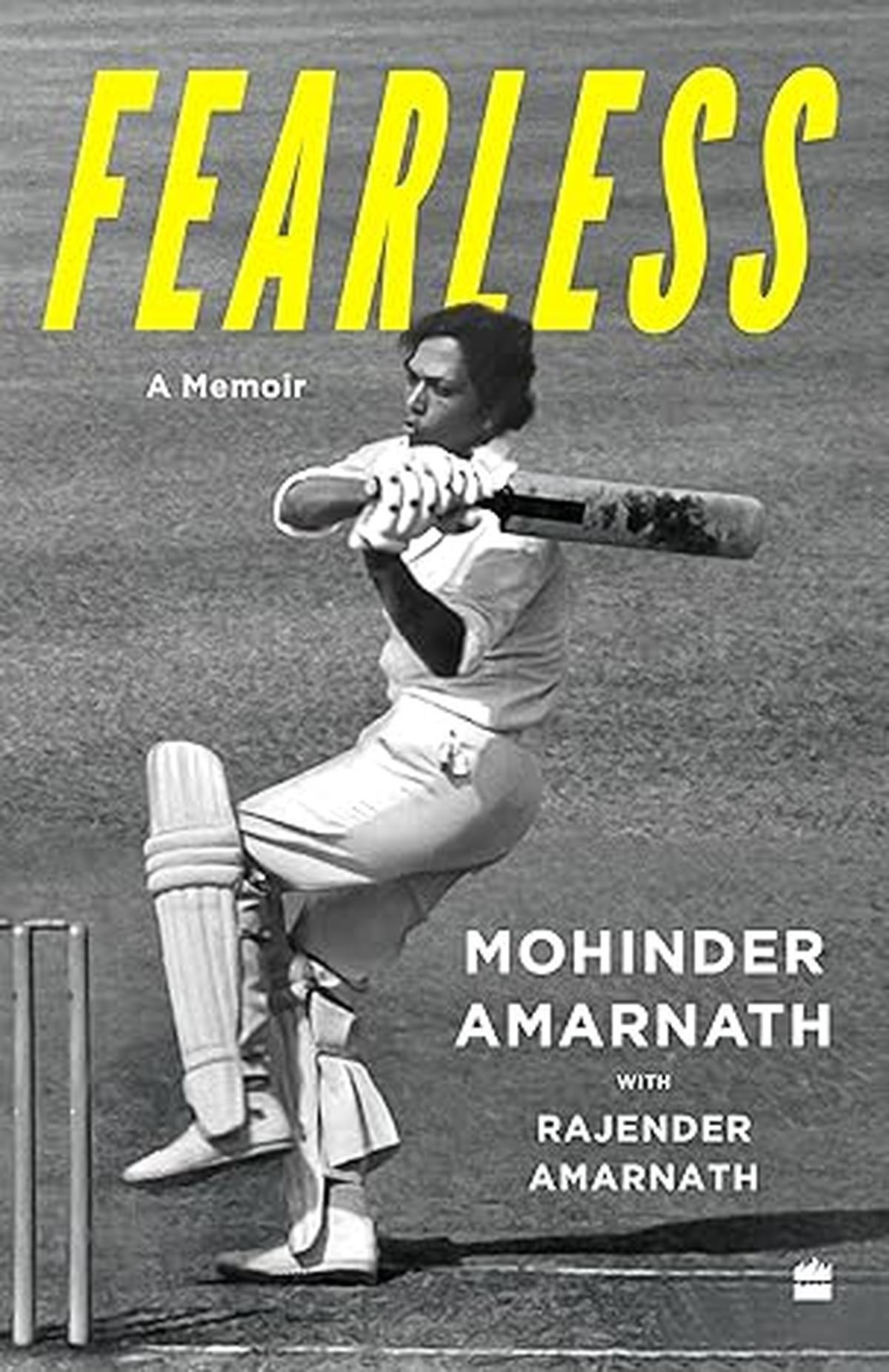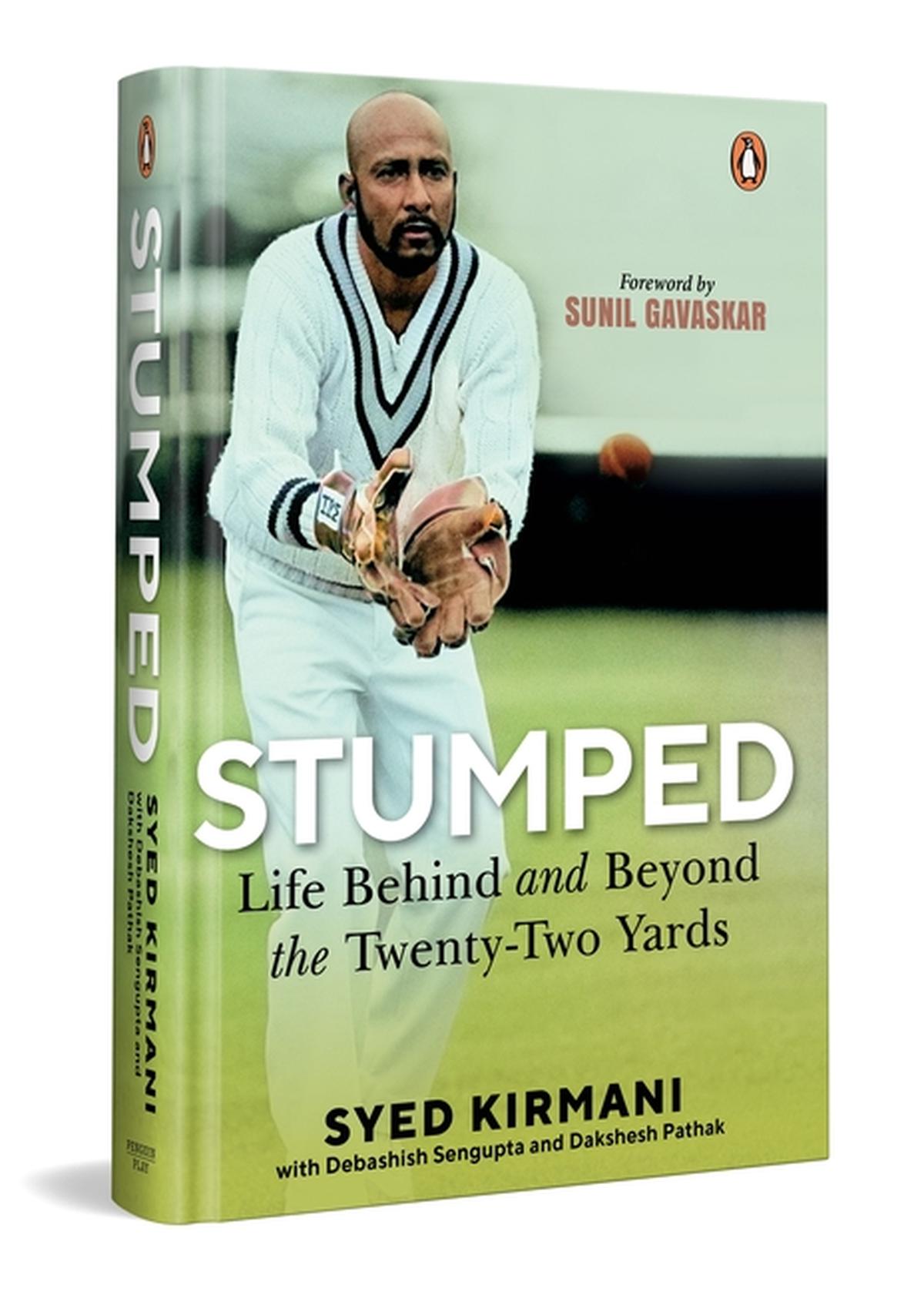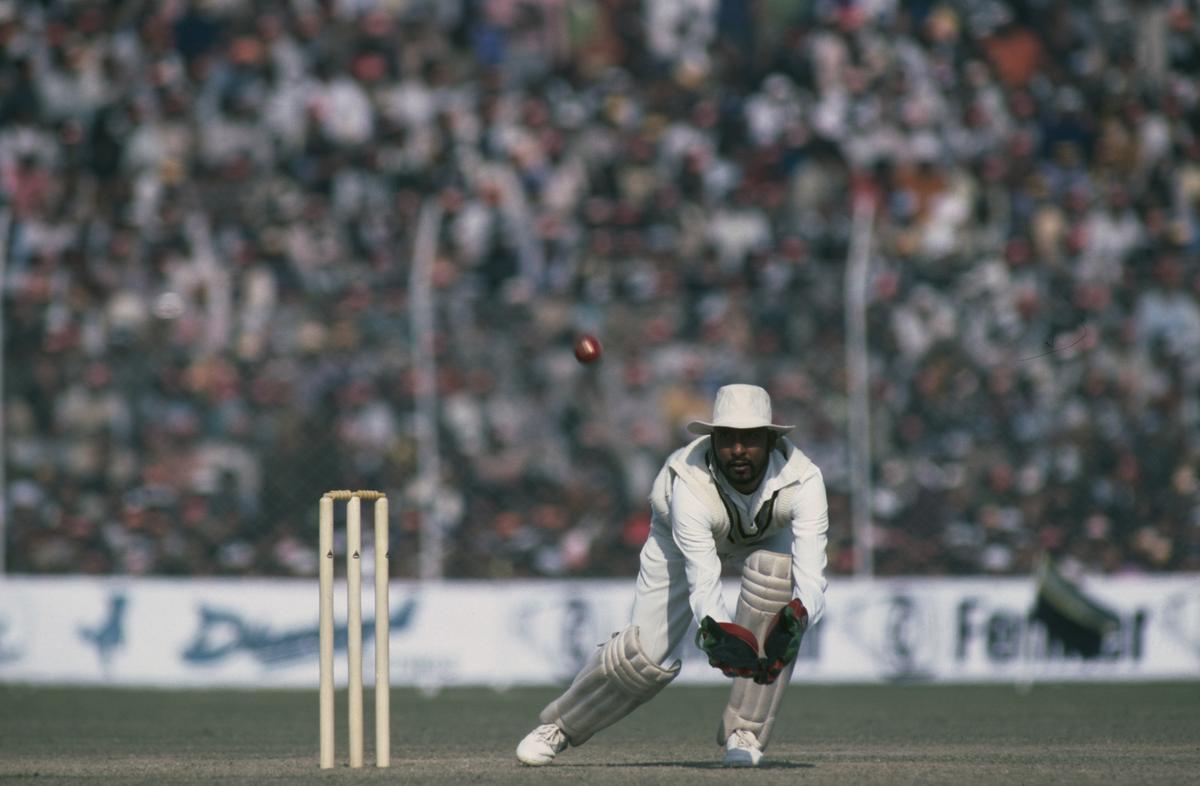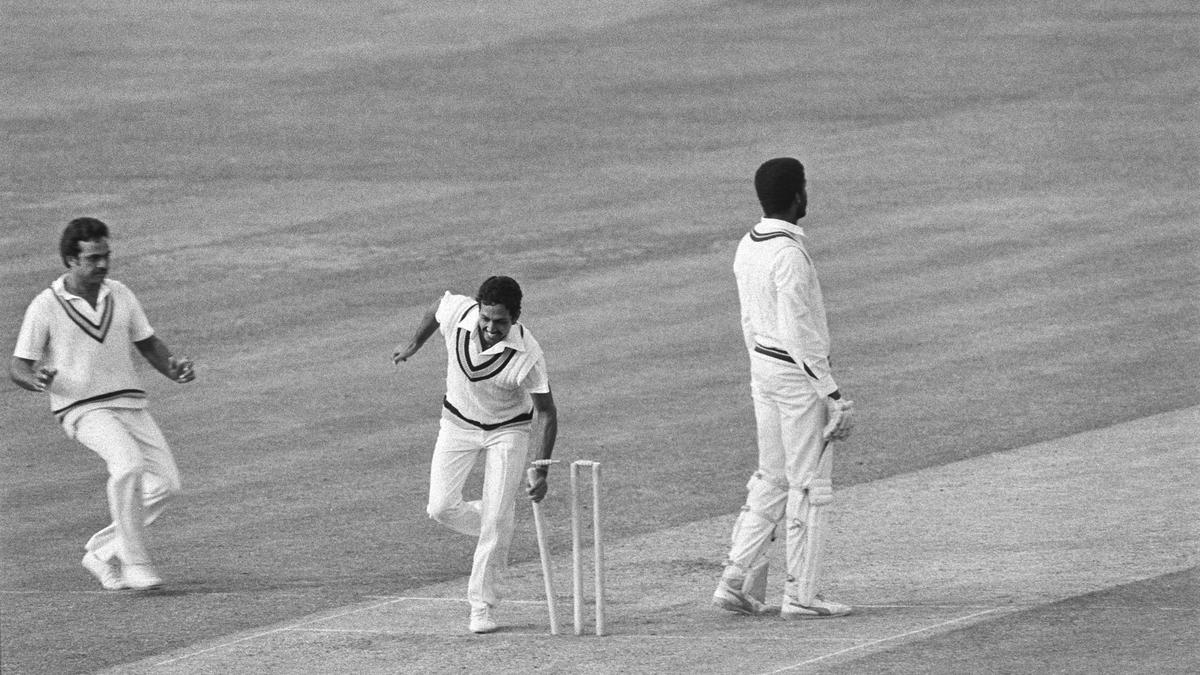Amarnath’s journey is laid out meticulously and chronologically, chapter by chapter, from tour to tour.
| Photo Credit: Getty Images
Athletes are image conscious, both during their playing days and long after. Some may want to be remembered for their high skill and art, some for their nature, both pleasing and rebellious, and some for the legacy they leave behind and the many lives they touch and careers they inspire.
And when athletes write memoirs, it is often a careful extension of this very image. They may be honest and forthright in their assessments of their own selves and the eras they played in and lived through, but all of it is bound by the persona that the sportspersons want to project.
Two recent books by Indian cricketing legends — Fearless by Mohinder Amarnath (with Rajender Amarnath) and Stumped by Syed Kirmani (with Debashish Sengupta and Dakshesh Pathak) — lend credence to this argument.

The stories, in fact, flow from the cover images. Amarnath’s is of him executing the pull without the protection of a helmet, a shot synonymous with the batter and considered among the most daring strokes. The overarching theme in the book is of his many pitched battles against deadly fast bowlers like Malcolm Marshall, Michael Holding and Imran Khan, his many selection controversies, the machinations of the higher-ups and his multiple comebacks.
Kirmani’s is a rather sedate and inexpressive photograph of him staidly waiting for the red cherry to nestle in his gloves. It seems like an ode to the book title, the tagline (Life Behind and Beyond the Twenty-Two Yards), and the sad fact that the great wicket-keeper’s time in Test whites ended two shy of 200 dismissals.
Defining moments
It helps that the defining moment in Amarnath’s and Kirmani’s careers is also the defining moment in India’s cricket history — the 1983 World Cup triumph. Both men capture in rich detail the victory of Kapil Dev and his band of merry men over the marauding and all-conquering West Indian side led by Clive Lloyd.

But where the works diverge is in how they lead up to the success. Amarnath, admittedly, had a storied upbringing, for he was the son of independent India’s first Test captain Lala Amarnath. Fearless recounts vividly the growing up days of Amarnath junior and his two brothers (Surinder, an international cricketer, and Rajender, a First Class player) under the giant shadow of their father and his steadfast goal to make Test cricketers out of all three.
Amarnath’s journey is laid out meticulously and chronologically, chapter by chapter, from tour to tour. There are also charming anecdotes from his childhood and school-cricket days that bring more than a chuckle, including the one where he escapes to Delhi from his boarding school in Jalandhar in a crowded train, hungry and with little money.
Kirmani’s, in contrast, zooms. Where it takes Amarnath 254 pages to reach the seminal point of his cricketing life (the 1983 win), Kirmani arrives in 35. This is, in fact, the biggest quibble one can have with the book — along with multiple factual inaccuracies, a feature, to a lesser degree, of Fearless too — for it limits Kirmani’s retelling of his entire career to just 74 pages! The 90-odd sheets that follow are biographical accounts of the man. Surely, someone who played 88 Tests — 19 more than Amarnath — in a short span of just 10 years had more to tell?

Kirmani’s is a rather sedate and inexpressive photograph of him staidly waiting for the red cherry to nestle in his gloves.
| Photo Credit:
Adrian Murrell
A glaring miss
But history informs us that as much as memoirs are dressed up and promoted as ‘tell-alls’, they are also conspicuous by their many silences. What both books lack is a compelling picture of the eras Amarnath and Kirmani played their cricket in. While the volumes are no doubt windows into their respective sporting lives, they could have also shed more light on the culture of the sport back in the day.
In the aftermath of India’s 1983 World Cup win, the West Indies landed in India and blanked the hosts 3-0 in Tests (six-match series) and 5-0 in One Day Internationals as Marshall and Holding ran riot.
In his six visits to the crease in Tests, Amarnath, a hero of the tour to the West Indies earlier in 1983, bagged five ducks. Lloyd’s men were in India for nearly three months. Amarnath has given it the short shrift and dedicated all of four pages out of 428. Another jarring note, quite at odds with the title of the book, is his reluctance to name players and officials whose many acts and deeds he didn’t approve of.
Memoirs can also be for reflection and catharsis, and used as a tool to eventually make peace with all that happened. But Fearless and Stumped don’t necessarily offer a sense of closure, both for Amarnath and Kirmani, and the reader.
Fearless
Mohinder Amarnath with Rajender Amarnath
Harper Collins India
₹799
Stumped
Syed Kirmani with Debashish Sengupta and Dakshesh Pathak
Penguin India
₹499
Published – May 23, 2025 09:30 am IST
